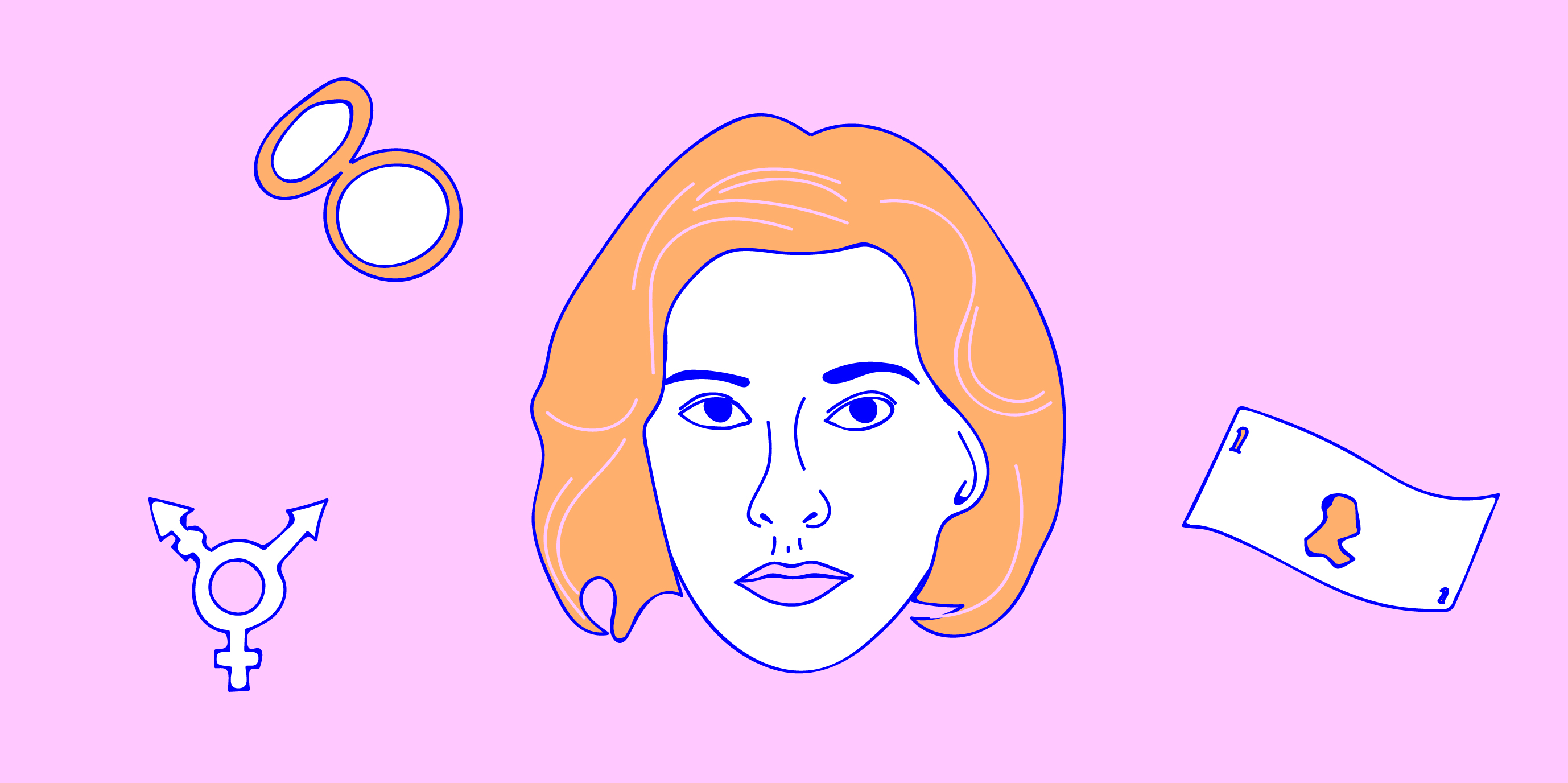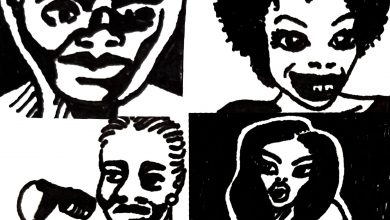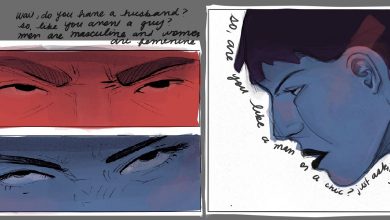Feminism 101: What is Choice Feminism?

Illustration by Maddy Pease.
Feminism, like every other major political movement, comes in different forms or adaptations of the core ideology. Of the many factions, choice feminism takes an individualistic approach, stating the individual choices of a woman are inherently feminist, because she made them herself.
Intuitively, this broad ideology may seem positive at best and harmless at worst, but given its disregard for socioeconomic relations and resulting behaviors of socialization, it can be deeply problematic.
This approach to feminism implies that every woman has the privilege of dictating exactly how she’d like to live her life. However, this disregards the limitations set by issues of race, sexual orientation and identity, ability, and/or class. Women in less privileged statuses are not able to cherry pick every aspect of their lives and instead must work within the confines of their social and economic locations.
For example, a choice feminist may say that a woman’s decision to be either a stay-at-home mother or a “career-woman” is feminist either way, because she chose via free will. This doesn’t include women who are not wealthy enough to deliberate between the two and do both. These women didn’t actively choose to work full-time and have children. They do it in order to survive, not to make a feminist or otherwise political statement.
The argument also seems to ignore the results of socialization, which mediate every decision humans make within a given culture. We are socialized to uphold a power structure in which women are valued based on their adherence to strict Eurocentric beauty standards. Deviating from norms can result in social rejection or at the very least, endless questions on why you are not simply conforming to certain standards. Our fear of these consequences subsequently influences how we navigate our own behavior and social interactions.
So sure, a woman may choose to wear make-up and that can be a feminist method of self-expression, but often times the “choice” women make to wear it is rooted in the desire to conform to patriarchal beauty standards. The same goes for shaving and most other beauty rituals, which all serve to reinforce the same narrow and oppressive idea of femininity.
If rejecting a social norm that’s rooted in misogyny results in social ousting and shaming, the choice of opting out becomes more difficult or even impossible. The word “choice” then becomes a misnomer, because for those in a given society, most options are narrow and predefined by their respective power structure. This is especially true for oppressed groups, whose decision-making is rooted in minimizing cost and surviving, rather than simple toss-ups between wearing a skirt or pants to the office.
Additionally, it’s important to note that even if this form of the feminist movement was more inclusive, it still misidentifies the most central goal of the movement itself. The choice rhetoric only serves to distract from pursuing equality and justifies internalized misogyny. Just because there is not a singular, unified vision of what equality is, does not mean it should be rebranded as the ability to choose between mundane activities within a given power structure.
It’s this hyperfixation on the choices of individual women that derails choice feminism from the entirety of the movement. Feminism is first and foremost about gender equality, so how can this ideology really fit, if it misses the main point?




